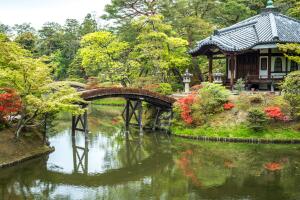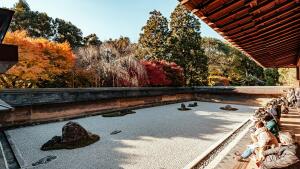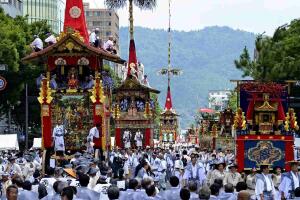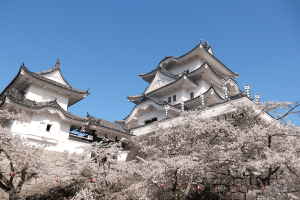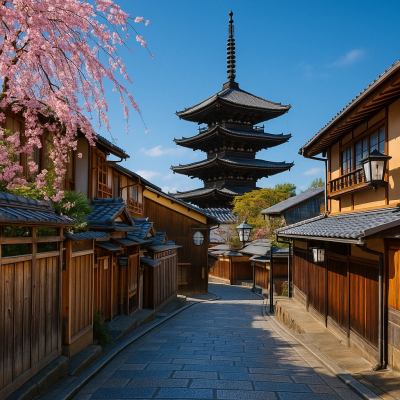
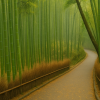

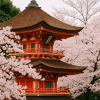
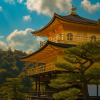
Kyoto Travel Tips
Kyoto (京都, Kyōto), one of Japan’s most historically significant cities, served as the nation's capital and imperial residence for over a millennium, from 794 to 1868. Today, this city of approximately 1.5 million residents offers a captivating blend of ancient tradition and modern living. Despite enduring centuries of wars, fires, and political upheaval, Kyoto has managed to preserve much of its extraordinary cultural heritage. During World War II, it was even spared from atomic bombing due to its immense historical and cultural importance. Visitors can experience Kyoto’s imperial legacy through landmarks such as Kinkaku-ji (the Golden Pavilion), the majestic Nijō Castle, and the Kyoto Imperial Palace, each reflecting Japan’s rich imperial past.
Beyond its imperial history, Kyoto captivates visitors with its vast collection of temples, shrines, and cultural treasures that embody the essence of Japanese spirituality and artistry. The endless rows of vermilion torii gates at Fushimi Inari Taisha, the tranquil rock gardens of Ryoan-ji, and the scenic beauty of Kiyomizu-dera offer immersive encounters with Japan’s religious and aesthetic traditions. Strolling through the historic streets of Gion, home to Kyoto’s famed geisha culture, or exploring the lush Arashiyama Bamboo Grove, visitors are constantly reminded of Kyoto’s timeless charm. In every corner of the city, history and modernity coexist, creating an experience that is both deeply traditional and vibrantly contemporary.
Getting around
Kyoto’s streets follow a unique rectangular grid, with main roads running east–west and numbered from north to south—Shijo means “4th Avenue,” while Nijo means “2nd Avenue.” The city center, especially around Shijo-dori and Kawaramachi-dori, is a hub for shopping, dining, and entertainment. Kyoto Station lies to the south, while Karasuma-dori runs north–south, connecting major landmarks like the Imperial Palace.
Getting around Kyoto can be a bit challenging due to limited train coverage. The city has two subway lines and a dense bus network—buses are the best way to reach most tourist sites, though they can get crowded. IC cards like Icoca make travel easier, and one-day passes are also available. Taxis and bicycles are popular alternatives, with cycling offering a flexible and scenic way to explore the city.
Attractions
See all →- Districts:
- Higashiyama —
- Arashiyama —
- Gion —
- Takao —
- Fushimi Sake District —
- Pontocho
-
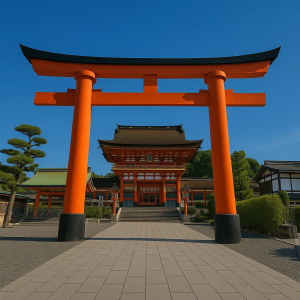 1ShrineFushimi Inari Shrine
1ShrineFushimi Inari ShrineIconic torii gates and mountain trails
5.0 ★ ★ ★ ★ ★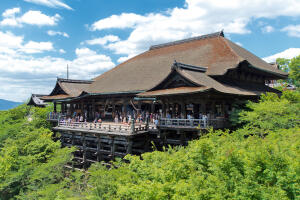 2TempleKiyomizudera
2TempleKiyomizuderaFamous for its large wooden terrace
5.0 ★ ★ ★ ★ ★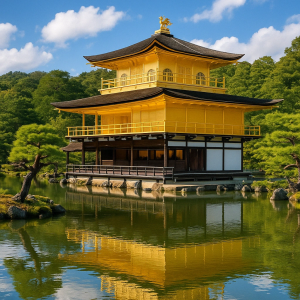 3TempleKinkakuji Temple (Golden Pavilion)
3TempleKinkakuji Temple (Golden Pavilion)Golden temple reflecting in pond
5.0 ★ ★ ★ ★ ★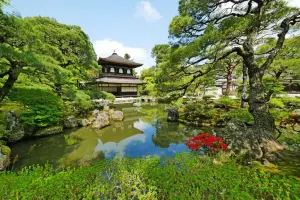 4TempleGinkakuji Temple (Silver Pavilion)
4TempleGinkakuji Temple (Silver Pavilion)Amous for the Silver Pavilion and gardens
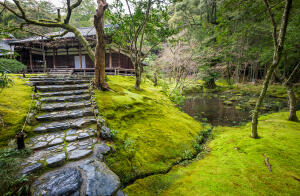 5TempleKokedera (Moss Temple)
5TempleKokedera (Moss Temple)Unique moss garden and sutra rituals
5.0 ★ ★ ★ ★ ★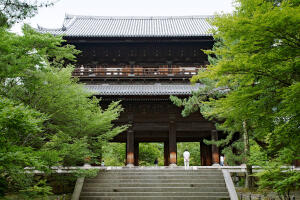 6TempleNanzenji Temple
6TempleNanzenji TempleHistoric Zen temple with beautiful gardens
5.0 ★ ★ ★ ★ ★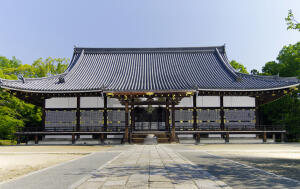 7TempleNinnaji Temple
7TempleNinnaji TempleHistoric temple with late-blooming cherry trees
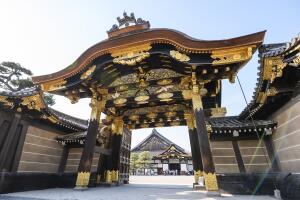 8CastleNijo Castle
8CastleNijo CastleHistoric shogun residence with beautiful gardens
Events
See all →-
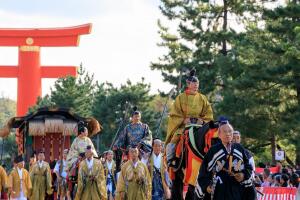 110-22Jidai Matsuri
110-22Jidai MatsuriCelebrates Kyoto's history with a grand parade
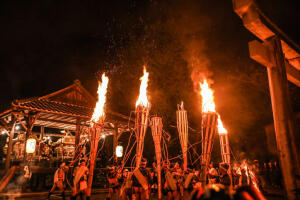 210-22Kurama Fire Festival
210-22Kurama Fire FestivalFiery torches light up Kyoto's Kurama
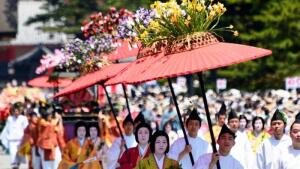 305-14Aoi Matsuri
305-14Aoi MatsuriHeian Period parade with traditional costumes
Itineraries
-
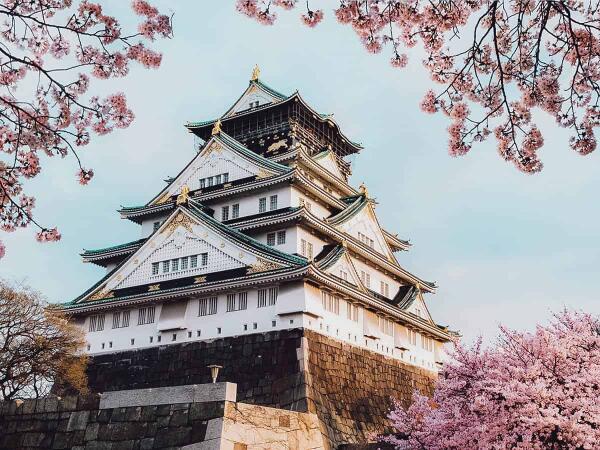 Ultimate 9-Day Itinerary for Osaka, Kyoto, Nara, Kobe, and Himeji 9 Days $1500
Ultimate 9-Day Itinerary for Osaka, Kyoto, Nara, Kobe, and Himeji 9 Days $1500 -
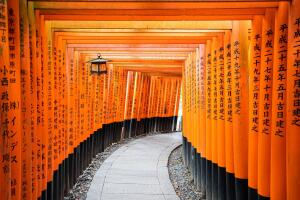 14 days in Japan Itinerary 14 Days $3500
14 days in Japan Itinerary 14 Days $3500 -
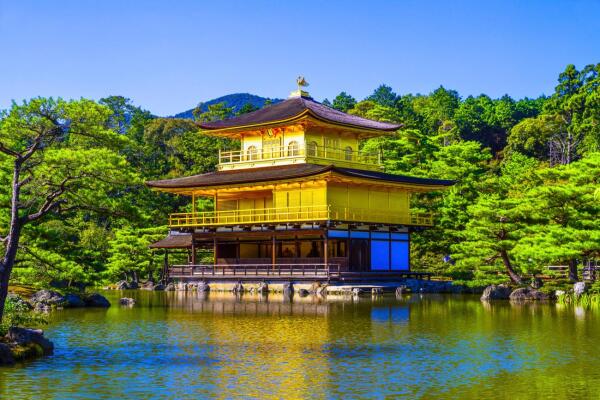 One Day in Kyoto: Must-See Spots 1 Day $150
One Day in Kyoto: Must-See Spots 1 Day $150 -
 Exploring the Best of Osaka, Tokyo, and Kyoto in 6 Days 6 Days $1000
Exploring the Best of Osaka, Tokyo, and Kyoto in 6 Days 6 Days $1000 -
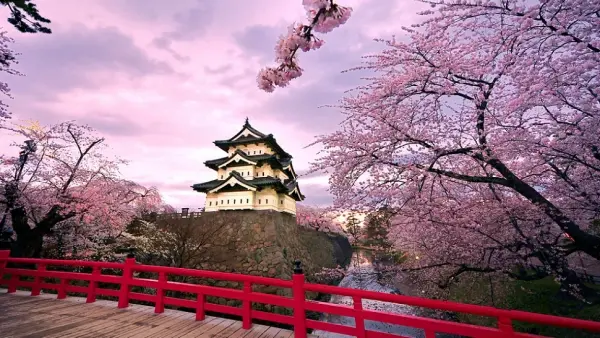 Discovering Japan's Must-See Spots in 21 Days 21 Days $2500
Discovering Japan's Must-See Spots in 21 Days 21 Days $2500 -
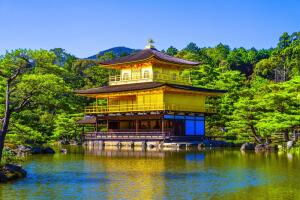 3-day itinerary for Kyoto 3 Days $400
3-day itinerary for Kyoto 3 Days $400 -
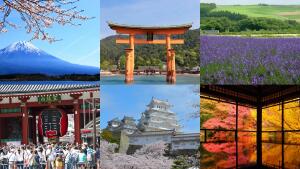 10 day itinerary to Tokyo,Osaka and Kyoto 10 Days $2500
10 day itinerary to Tokyo,Osaka and Kyoto 10 Days $2500 -
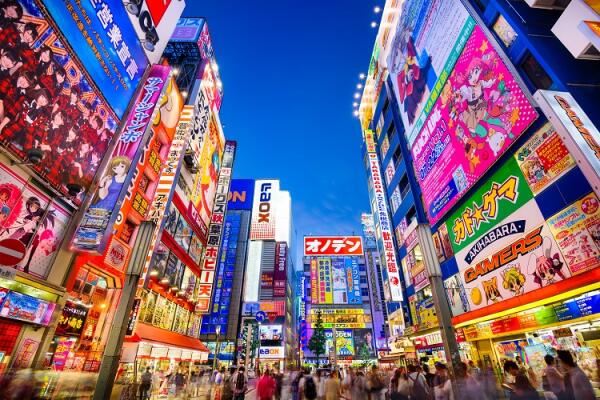 7-day itinerary for Japan 7 Days $2500
7-day itinerary for Japan 7 Days $2500 -
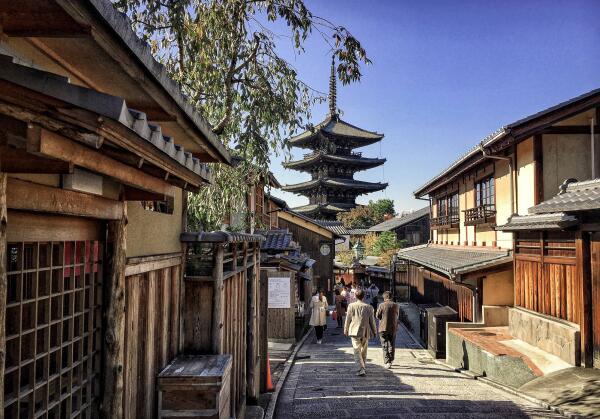 Discovering Japan's Beauty in 21 Days 21 Days $5000
Discovering Japan's Beauty in 21 Days 21 Days $5000 -
 8 days in tokyo osaka kyoto and nara a partner trip travelers must see adventure 8 Days $1200
8 days in tokyo osaka kyoto and nara a partner trip travelers must see adventure 8 Days $1200
Nearby
See all →-
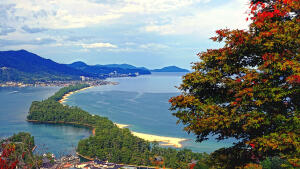 1Amanohashidate
1AmanohashidateKnown for one of Japan's three most scenic views
5.0 ★ ★ ★ ★ ★ 2Ine
2IneBoat houses on scenic waterfront
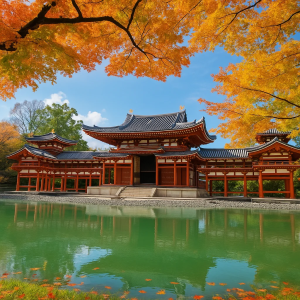 3Uji
3UjiCity south of Kyoto known for its temple and tea
5.0 ★ ★ ★ ★ ★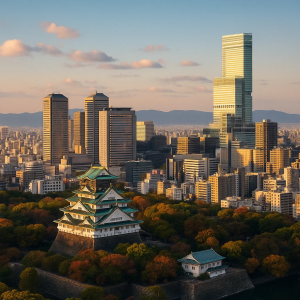 4Osaka
4OsakaOsaka is Japan's second-largest metropolitan
5.0 ★ ★ ★ ★ ★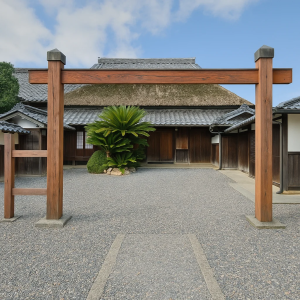 5Koka
5KokaA rural city known as the homeland of the ninja
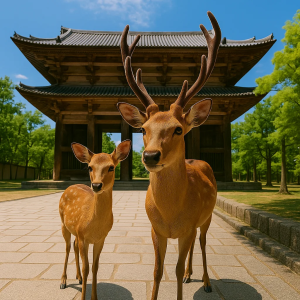 6Nara
6NaraKnown as Japan's first capital
5.0 ★ ★ ★ ★ ★ 7Omi Hachiman
7Omi HachimanFormer merchant town that is known for its pretty canal
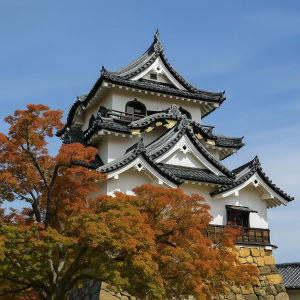 8Hikone
8HikoneCastle town at the shores of Lake Biwa
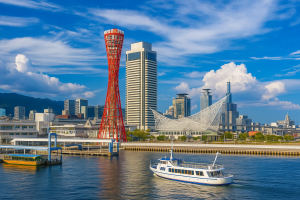 9Kobe
9KobeHarbor city, recovered from the 1995 earthquake
Reviews
-
5/5 - Excellent
Kyoto is an enchanting city that beautifully blends ancient traditions with modern life. The temples and shrines, such as Fushimi Inari and Kinkaku-ji, are awe-inspiring and offer a deep dive into Japan’s rich spiritual history. The city’s traditional tea houses, charming streets in Gion, and serene gardens create a peaceful atmosphere that’s perfect for strolling and soaking in the culture. Kyoto’s cultural heritage is alive, from the grand architecture to the small, delicate details in every corner.
Beyond its historical sites, Kyoto is surrounded by beautiful nature. The Arashiyama Bamboo Grove is a must-see, offering a surreal experience, and the nearby Kamo River provides a tranquil spot for relaxation. Kyoto also has a great food scene, from kaiseki meals to matcha sweets, making it a food lover's paradise. Whether you're a history buff, nature enthusiast, or foodie, Kyoto has something for everyone, offering a truly immersive experience.8 months ago — by Wesley
Write a review
